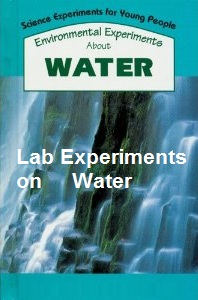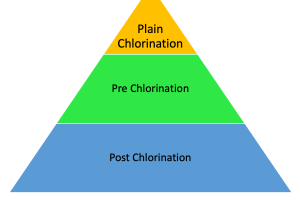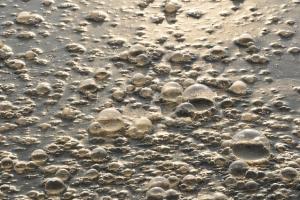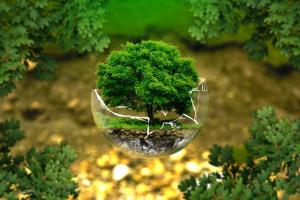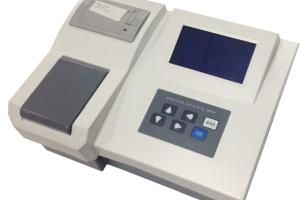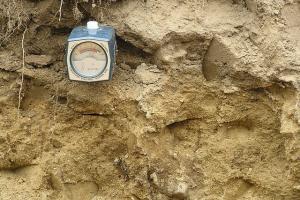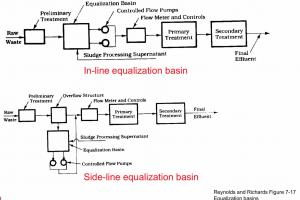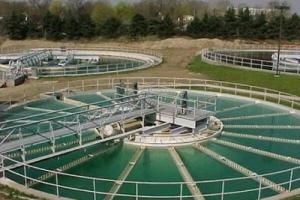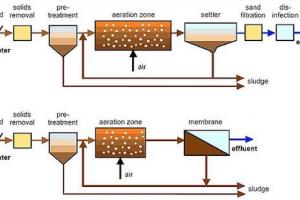Sources of Fresh Water in Environmentl Engg.
Flowchart of the sources of clean drinking water
WasteWater Treatment Disposal & Management
The quantity of water required for a community depends upon:
- Forecasted population
- Types and variation in demand (e.g. seasonal variation)
- Maximum demand (Per day/Per month)
- Fire demand
- Rural demand and supplies
- Appropriate / Available technology
Main sources of water are
- Surface water sources: Lakes impounding reservoirs, streams, seas, irrigation canals
- Ground water sources: Springs, wells, infiltration wells
Above are the common sources of clean drinking water, other different sources of drinking water are
Merits of Surface Sources
Surface sources of water, such as rivers, lakes, and reservoirs, offer several merits for various purposes. Here are some of the advantages of using surface water sources:
1. Abundance:
Surface water sources are typically abundant and readily available in many regions. Rivers, lakes, and reservoirs are natural water bodies that can hold large volumes of water, making them a reliable source for water supply systems, irrigation, and industrial purposes.
2. Accessibility:
Surface water sources are often easily accessible, especially in comparison to other water sources like groundwater. They are usually located near populated areas and can be tapped into through intake structures, dams, or water treatment plants, enabling convenient access to water for domestic, agricultural, and industrial use.
3. Natural Treatment:
Surface water sources often undergo natural treatment processes as water flows through various ecosystems. These processes include filtration, aeration, and natural biological purification, which can help improve water quality. While additional treatment is still necessary to meet drinking water standards, surface water sources often require less treatment compared to other sources like groundwater.
4. Storage and Regulation:
Surface water sources, particularly reservoirs created by damming rivers, provide the advantage of water storage. Water can be collected during periods of high rainfall or snowmelt and stored for later use during dry seasons or droughts. This storage capacity helps to mitigate water scarcity issues and supports water management and irrigation for agriculture.
5. Recreational and Aesthetic Value:
Surface water sources often offer recreational opportunities and aesthetic value to communities. People can engage in activities such as swimming, boating, fishing, and water sports in rivers and lakes, promoting physical and mental well-being. Additionally, the presence of water bodies enhances the beauty of landscapes, making them visually appealing and attracting tourism.
6. Ecological Support:
Surface water sources sustain diverse aquatic ecosystems, providing habitats for various plants, animals, and organisms. These ecosystems contribute to biodiversity, support fisheries, and play a vital role in maintaining the ecological balance of surrounding areas. Protecting and managing surface water sources can help preserve these ecosystems and their associated benefits.
While surface water sources offer numerous advantages, it is essential to note that they can also face challenges, such as pollution, water scarcity during droughts, and the need for proper management to ensure sustainable use. Water quality monitoring, pollution control measures, and sustainable water resource management practices are crucial to harnessing the benefits of surface water sources effectively.
Merits of groundwater sources
- Being underground, the groundwater supply has less chance of being contaminated by atmospheric pollution.
- The water quality is good and better than the surface source.
- Prevention of water through evaporation is ensured and thus loss of water is reduced.
- Ground water supply is available and can even be maintained in deserted areas.
- The land above ground water source can be used for other purposes and has less environmental impact.
Demerits of ground water source
- The water obtained from ground water source is always pressure less. A mump is required to take the water out and is then again pumped for daily use.
- The transport/transmission of ground water is a problem and expensive work. The water has to be surfaced or underground conduits are required.
- Boring and excavation for finding and using groundwater is expensive work.
- The modeling, analysis, and calculation of groundwater is less reliable and based on past experience, thus posing a high risk of uncertainty.
Demerits of Surface Sources of Water
Surface sources of water, such as rivers, lakes, and reservoirs, also present certain challenges and drawbacks. Here are some of the demerits or disadvantages associated with using surface water sources:
1. Contamination and Pollution:
Surface water sources are susceptible to contamination from various human and natural activities. Industrial discharges, agricultural runoff, and improper waste disposal can introduce pollutants into surface water bodies, affecting water quality. This contamination can include harmful chemicals, pathogens, sediment, and nutrients, leading to health risks and ecological damage.
2. Seasonal Variability and Droughts:
Surface water sources can be significantly influenced by seasonal changes and variations in precipitation patterns. During dry seasons or droughts, rivers and lakes may experience reduced water levels and flow rates, making it challenging to meet water demand for various purposes. Dependence on surface water alone without alternative water sources can pose significant water supply challenges during periods of scarcity.
3. Water Treatment Requirements:
While surface water undergoes natural purification processes, it typically requires treatment to meet safe drinking water standards. Surface water often contains contaminants that necessitate comprehensive treatment processes, including filtration, disinfection, and chemical treatment, to ensure its safety for human consumption. These treatment procedures can be complex and costly to implement.
4. Vulnerability to Natural Disasters:
Surface water sources can be vulnerable to natural disasters such as floods, hurricanes, and landslides. Extreme weather events can result in water contamination, infrastructure damage, and disruption of water supply systems. Proper planning and infrastructure resilience measures are necessary to mitigate the risks associated with natural disasters and maintain water availability and quality.
5. Water Rights and Conflicts:
Surface water sources are often shared among multiple users and stakeholders, leading to water rights disputes and conflicts. Competing demands for water from agriculture, industries, municipalities, and ecosystems can result in conflicts over water allocation, particularly during periods of water scarcity. Effective water governance and management mechanisms are essential to address these conflicts and ensure equitable access to water resources.
6. Environmental Impact:
Large-scale water infrastructure projects, such as dams and reservoirs, can have significant environmental impacts. These projects may alter natural river flows, disrupt aquatic ecosystems, and affect wildlife habitats. They can also result in the displacement of local communities and cause social and ecological changes downstream. Careful consideration of environmental and social factors is necessary when planning and implementing surface water infrastructure projects.
While surface water sources have disadvantages, they can still be effectively managed and utilized by employing appropriate water treatment technologies, pollution control measures, sustainable water management practices, and stakeholder engagement. Integrating multiple water sources, including groundwater and rainwater harvesting, can help diversify water supplies and reduce reliance on surface water alone, thereby addressing some of the challenges associated with surface sources of water.


